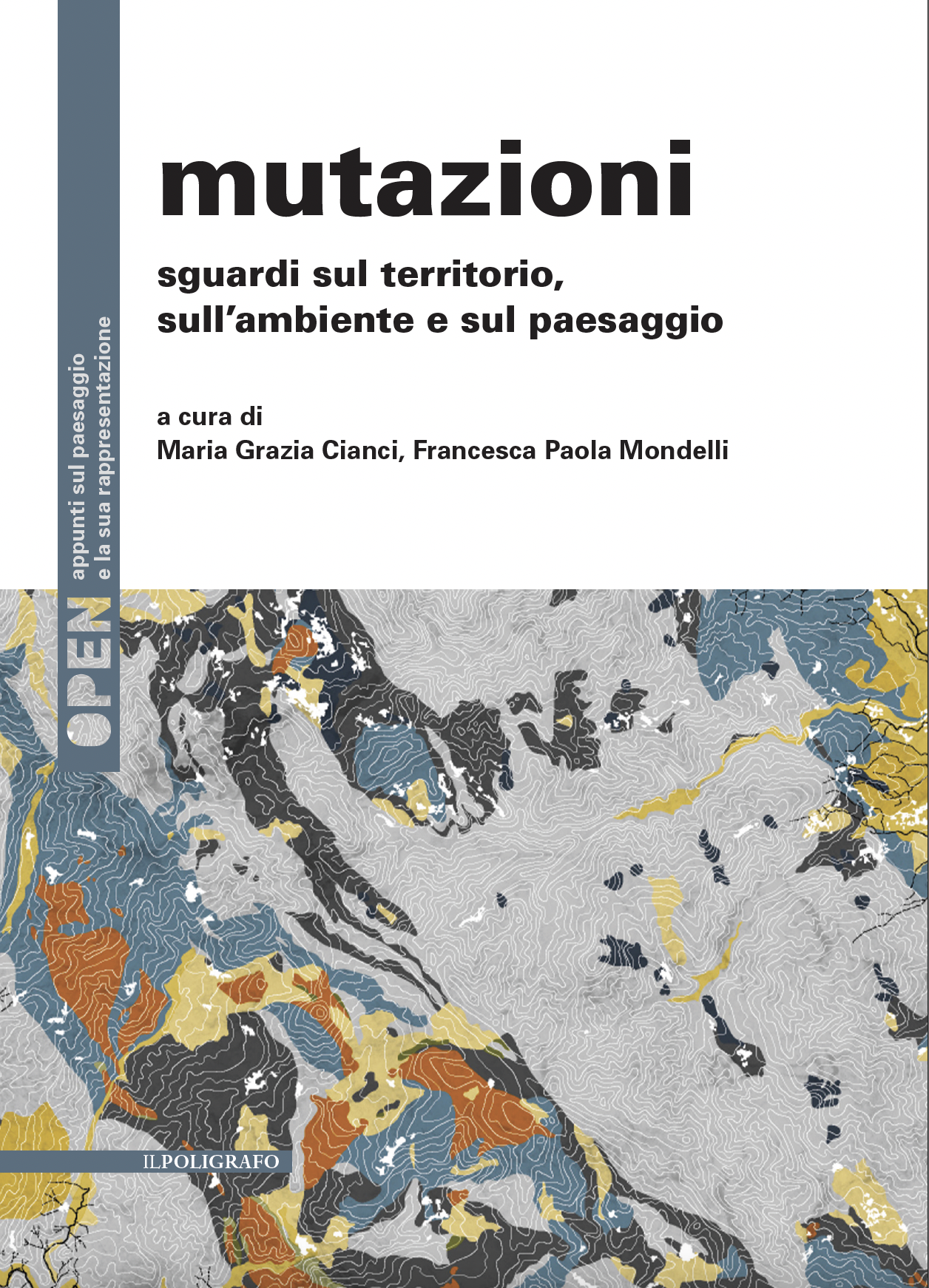Cianci, M.G., Mondelli, F.P.
2025
Introduzione a Cianci, M.G., Mondelli, F.P. (a cura di), MUTAZIONI. Sguardi sul territorio, sull’ambiente e sul paesaggio (pp. 21-31). Padova: Il Poligrafo Casa Editrice.
Abstract MUTAZIONI Sguardi sul territorio, sull’ambiente e sul paesaggio
Il paesaggio è il risultato di un rapporto strettissimo che esiste da sempre tra la storia prodotta dall’uomo e la geografia che forma la terra, due fattori che reciprocamente, con un andamento continuo e instancabile, si modificano dinamicamente. Da Alexander von Humboldt, grande conoscitore della “scienza della natura” e della geografia moderna, che con i suoi studi mette in luce la relazione universale che esiste tra uomo e natura e che è alla base delle dinamiche ambientali, alla definizione di “paesaggio” riportata all’articolo 1 della Convenzione Europea del Paesaggio: la relazione tra fenomeni antropici e fenomeni naturali, la sovrapposizione delle stratificazioni temporali e materiche convivono in un rapporto di reciproca influenza. La definizione di paesaggio si fonda dunque sulla consapevolezza che le azioni dell’uomo trasformano e condizionano l’ambiente, e che esso può modificare, di conseguenza, la percezione che l’uomo ha di esso. Il vivere, l’abitare la Terra, le azioni dell’uomo su di essa, gli sguardi sul territorio, sull’ambiente e sul paesaggio, sulla loro rappresentazione sono affrontati in questo volume attraverso il tema delle mutazioni. Mutazioni intese come cambiamenti spontanei o indotti, alterazioni che determinano il divenire continuo del nostro pianeta.
—
The landscape is the result of a profound and enduring relationship between human history and the geography that shapes the earth — two factors that continuously and dynamically modify each other through an ongoing and tireless interaction. From Alexander von Humboldt, a leading scholar of the “science of nature” and modern geography, who highlighted through his studies the universal relationship between humans and nature underlying environmental dynamics, to the definition of “landscape” set out in Article 1 of the European Landscape Convention: the relationship between human and natural phenomena, and the overlapping of temporal and material layers, coexist in a dynamic interplay of mutual influence. Thus, the definition of landscape is based on the awareness that human actions transform and condition the environment, and that the environment, in turn, can alter human perception of it. Living on Earth, inhabiting it, human actions upon it, and the gaze directed toward the land, the environment, and the landscape — as well as their representation — are explored in this volume through the theme of mutations. Mutations are understood as spontaneous or induced changes, alterations that drive the continuous evolution of our planet.

